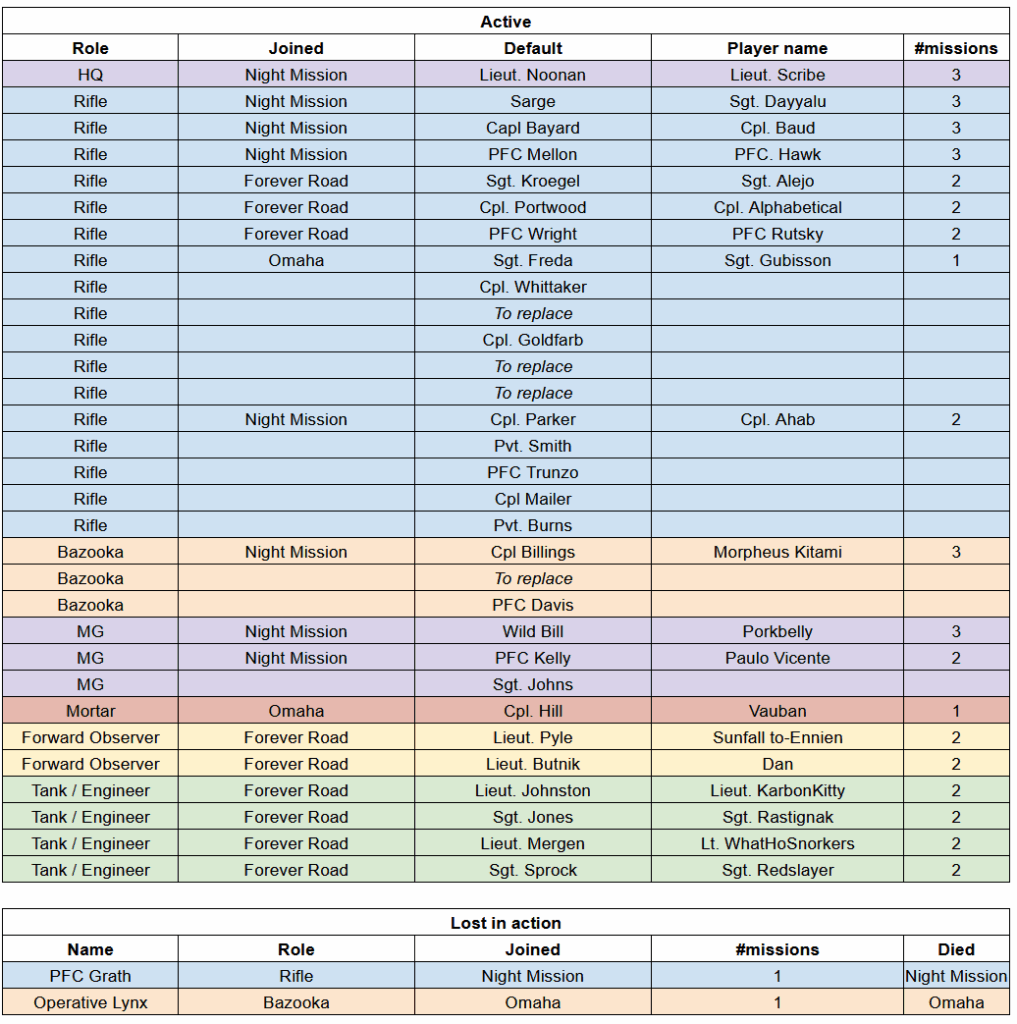After appetisers in North Africa and Sicily, we move to the main course of Field of Fire with the landing at Omaha Beach. The first division – including the Easy Company – has been earmarked to land at Bloody Omaha, so I expect a difficult mission. I must breach through and go as deep as possible inland, while blocking any enemy armoured counter-attack.

The landing is in two waves. We start in the centre and must cross a long beach without any cover. The first wave is mostly grunts, including no-name teams.
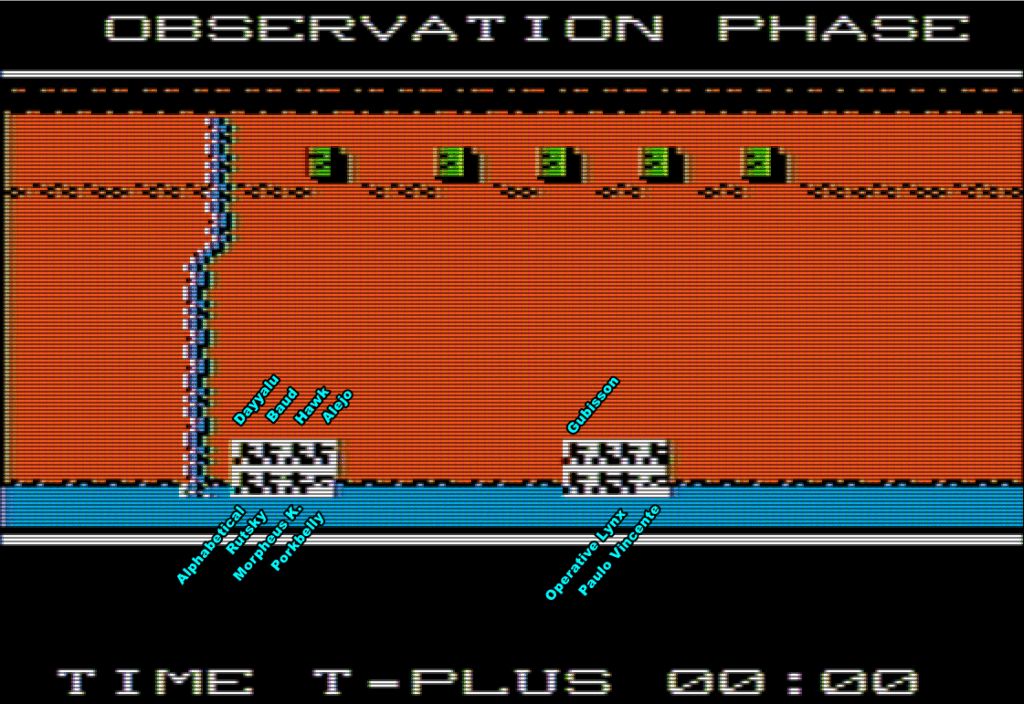
I expected an enemy in every single green building, but all the Germans have is a machine-gun squad. It is quickly suppressed by my own machine-guns and I advance without resistance, so it starts more Utah than Omaha. While I advance, the second wave lands. In total, I command:
- 18 rifle squads,
- 3 machine-gun squads,
- 3 bazooka squads,
- 2 engineer squads (Rastignak’s and KarbonKitty’s; they had to leave their tanks),
- 1 mortar squad,
- 2 tanks,
- My personal HQ squad.
All the commenters who gave me a name are there – this is the first battle for Gubisson (rifle), Operative Lynx (bazooka) and Vauban (mortar).

The first layer of defence is easily overrun by the anonymous squads I don’t care about while the squads I do care about provide suppressing fire. Behind the first layer of buildings, I find two German rifle squads and, more dangerous, an anti-tank gun – immediately targeted by Vauban’s mortars and my artillery spotters.
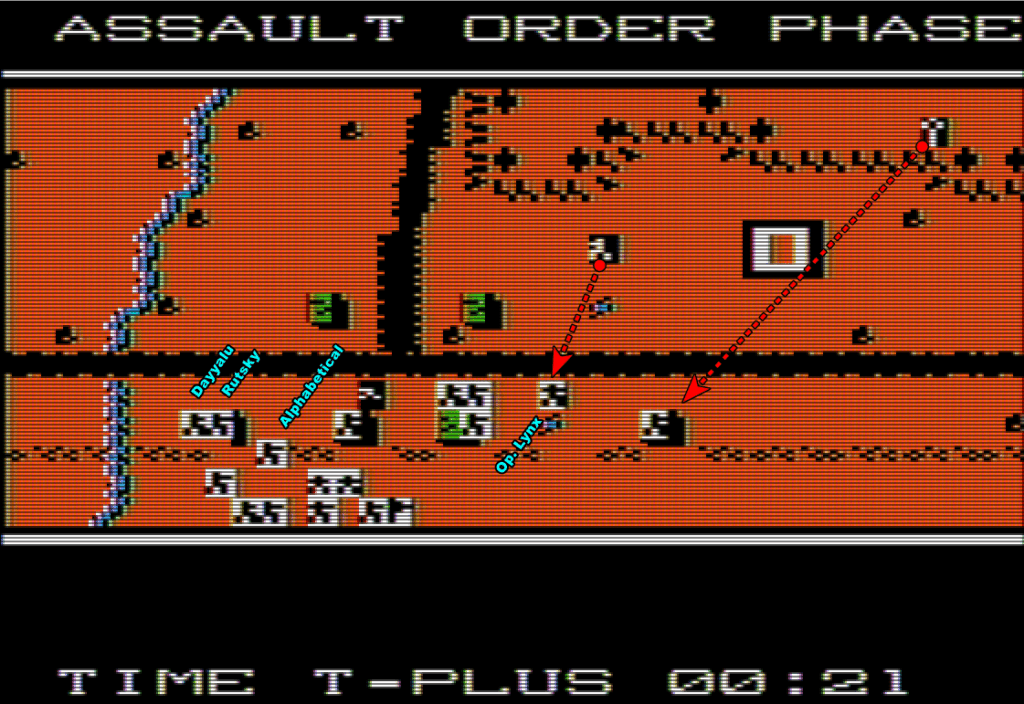
The enemy machine gun is assaulted and destroyed, and the enemy infantry squads are mowed down. A third squad, hidden in one of the remaining buildings, shares that fate. As for the AT gun, my artillery fails to do its job, but then Redslayer’s Sherman arrives in range and one-shots it.
Alas, the next step of my progression is going to be considerably harder, as the Germans have another AT gun supported by two machine-guns shooting me from the limits of their range, which means my infantry squads can’t shoot them back!
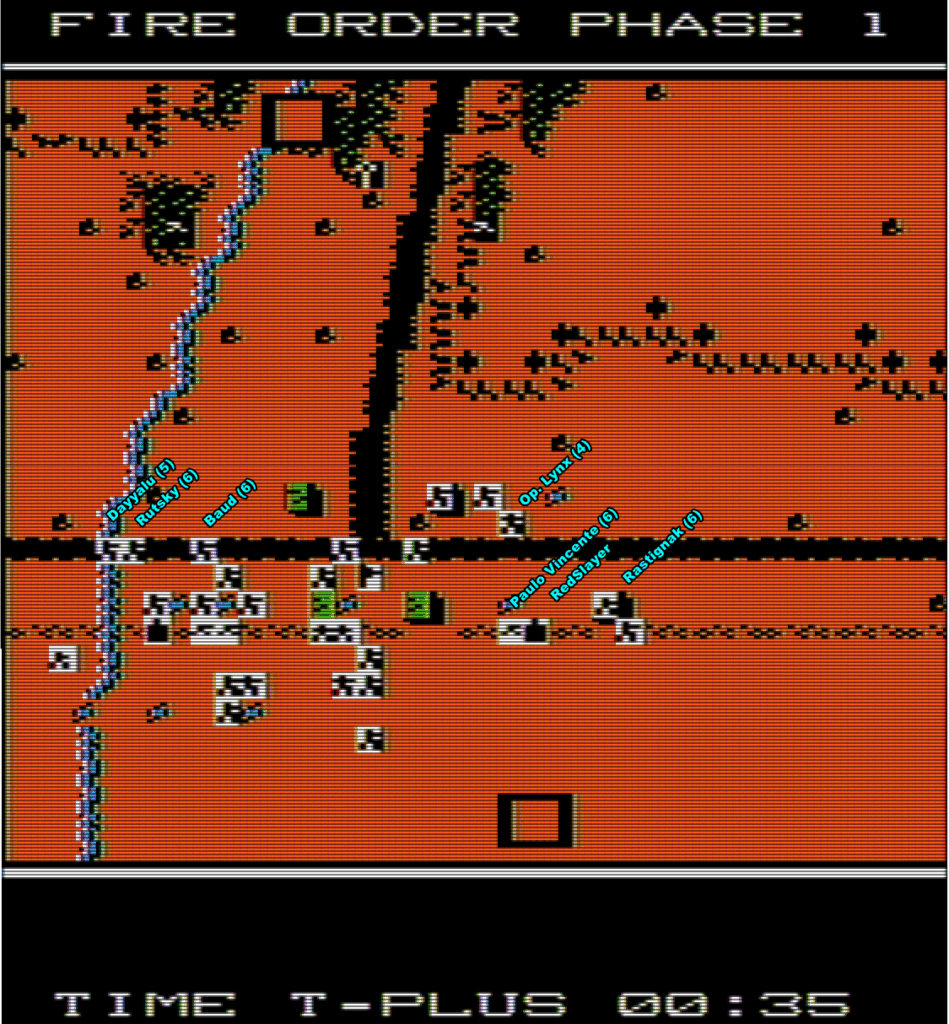
I spend some time regrouping my force while Vauban’s mortars engage the enemy gun (the artillery spotter can’t target it, while the mortar team can shoot at anything on the map even without seeing it). Once I feel I have enough people, I advance on the enemy, expecting that the enemy machine-guns will not be able to suppress more than 1-2 squads each and so my other squads will be able to silence them. Unfortunately, there are two more hidden machine-guns so my assault peters out. Rutsky’s squad on my left is suppressed whereas another anonymous squad in the middle is torn to pieces, the rest of my force in the middle is pinned down.

As these events unfolded, the enemy received two tanks that are now advancing on my right. They go straight ahead, so for now I ignore them. My prime focus remains the enemy AT gun, which I can reach with mortar and machine-gun fire – eventually it falls back deeper into the group of trees, a location from which it can’t shoot at my units. With the AT tank out of view and out of mind, except for my mortar still targeting it, I can safely bring Redslayer’s tank forward to engage the machine gun on the right. Meanwhile, a group including Dayyalu, Baud and Karbonkitty – the only squads on the line of engagement not pinned down – flank the machine-gun on the left from its blind side.
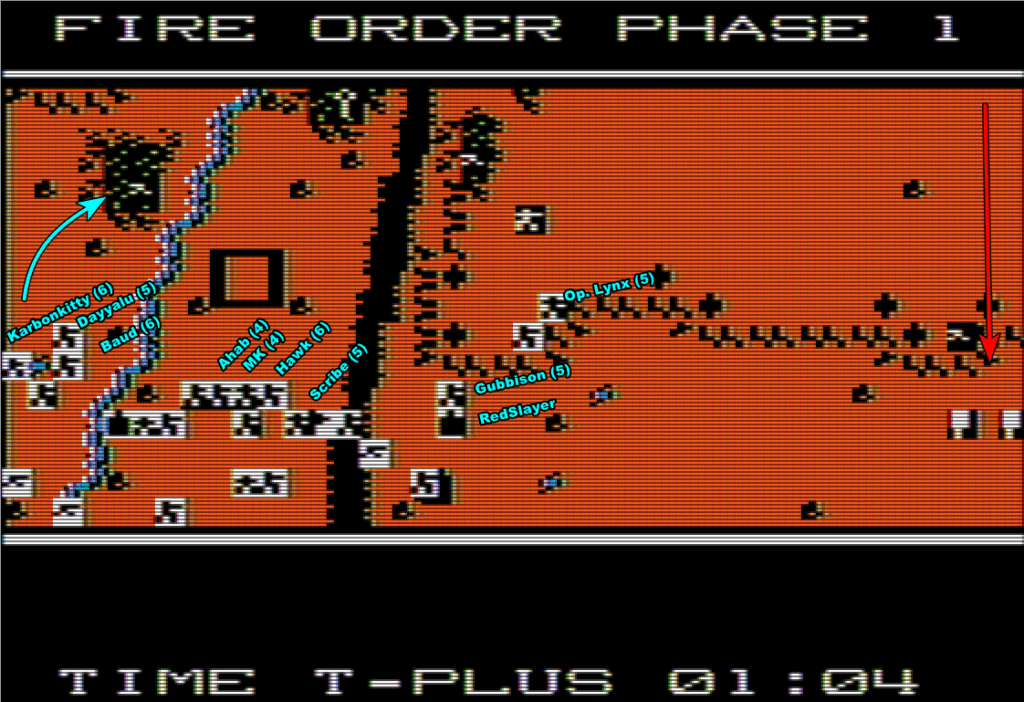
By the time they reach it, it has been disabled by my infantry in the centre. There is still some work to do however, as it turns out that the patch of trees was also occupied by two German rifle squads. Further left, Rutsky managed to crawl to safety thanks to Karbonkitty, Porkbelly, Alphabetical and another anonymous machine gun squad unleashing fire on the enemy machine gun. On the right, my attempt to assault the enemy panzershreck team ended up with the destruction of an anonymous rifle team, and I realise that the German AT gun and one of the machine guns are now laying heavy fire on Operative Lynx’s team.
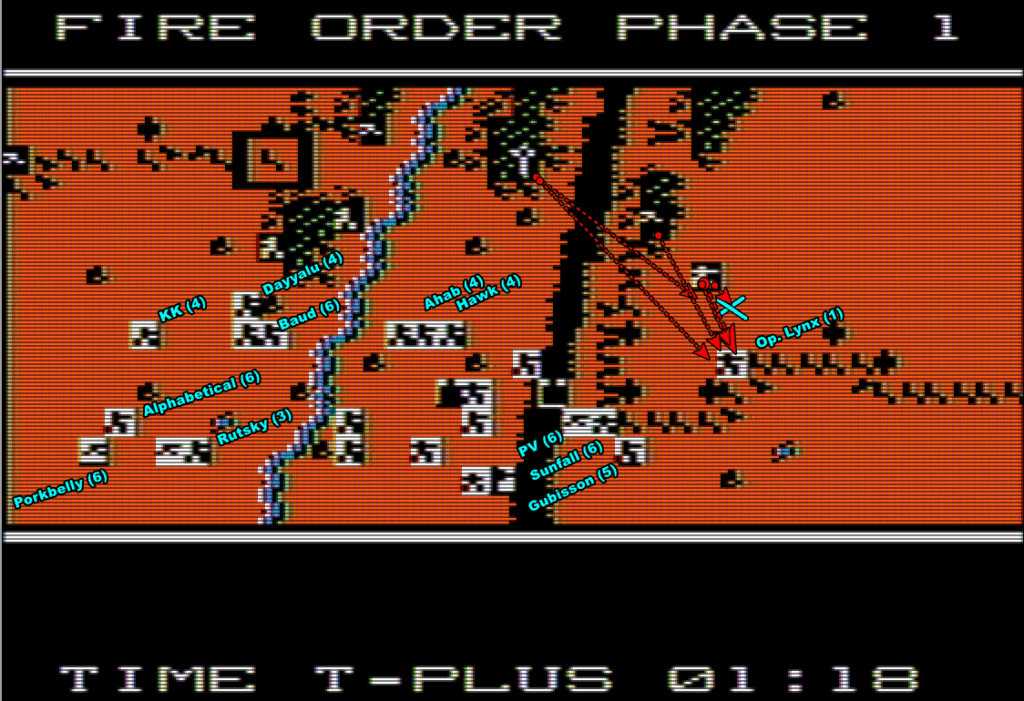
Alas, Operative Lynx’s squad is totally suppressed and so unable to flee. It does not survive combat. He is almost immediately avenged: Vauban’s mortars finally destroy the AT gun, and my combined force of riflemen and tanks destroy the machine-gun. Meanwhile, Dayyalu wipes one of the German squads in close assault.
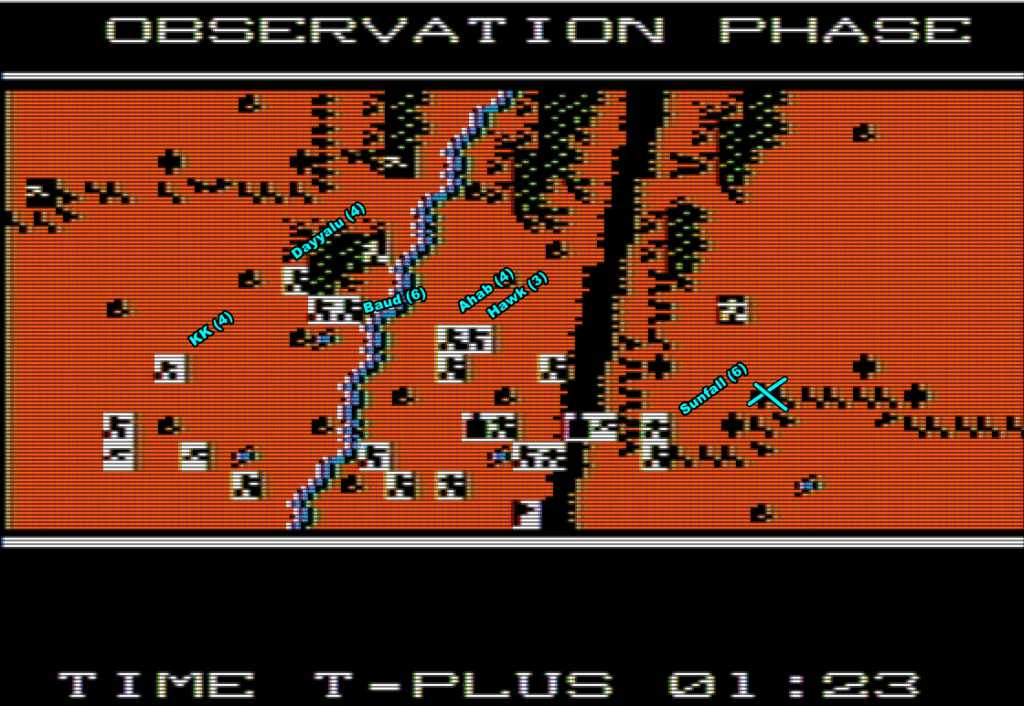
The Germans are broken. The remaining panzershreck on my right is destroyed, while Baud consecutively assaults two enemy positions (an anonymous infantry squad tried as well, but died trying). As for the leftmost machine gun, Porkbelly, Alphabetical and Karbonkitty’s combined fire finally silences it.
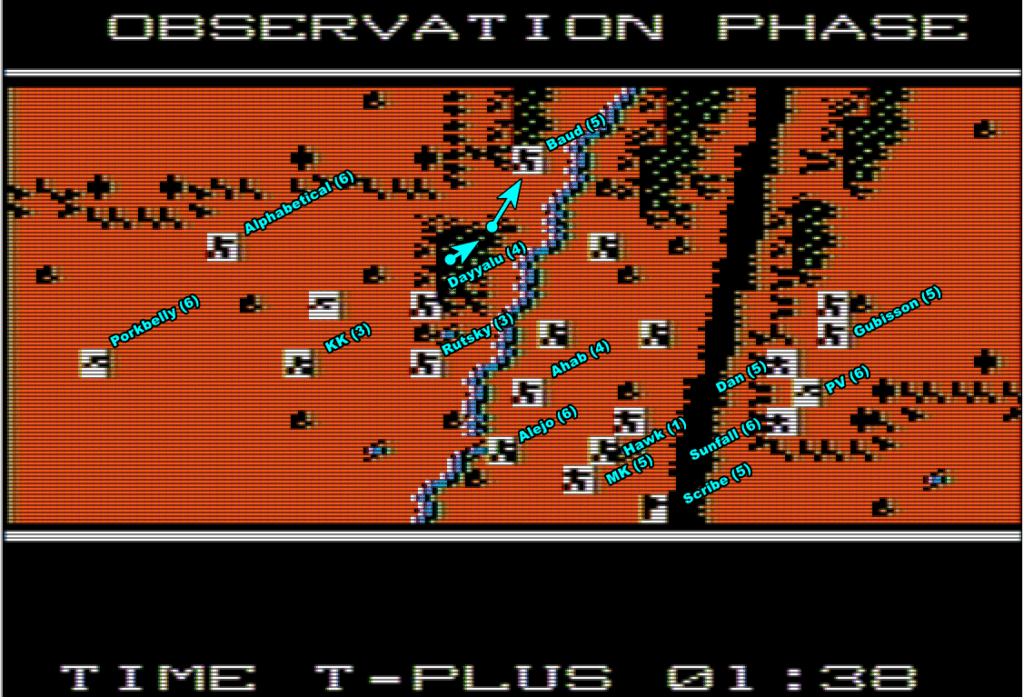
This leaves the two tanks that are close to the beach. I shoot at them with artillery (Sunfall and Dan climbed on the “little crosses” that magically expand their range), mortar and my tanks getting close and personal.
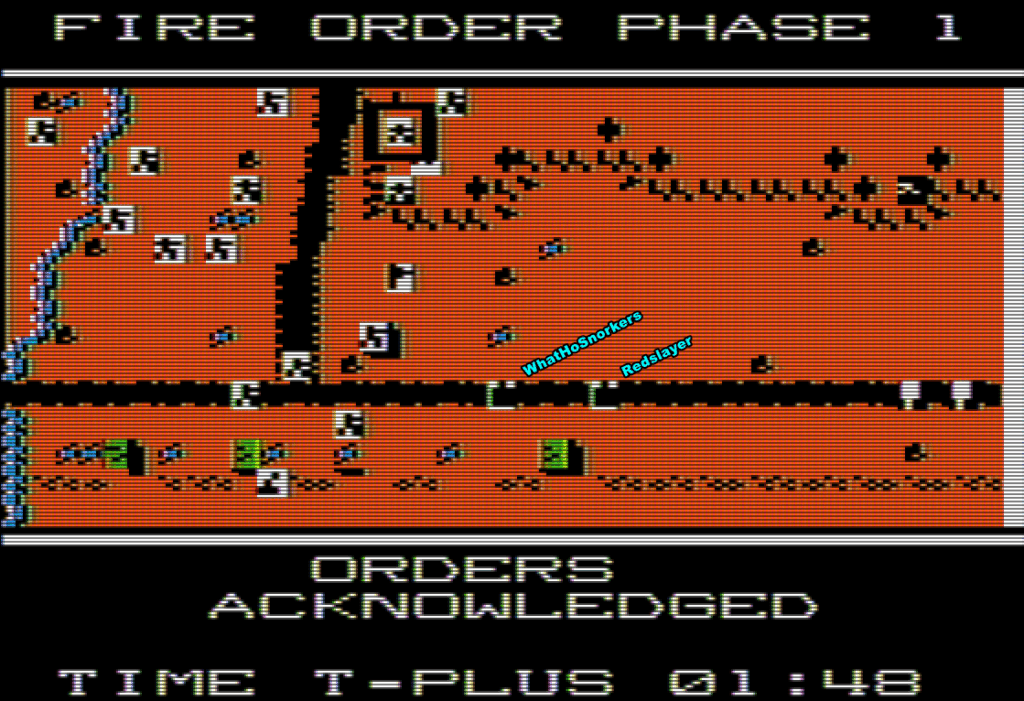
The battle ends at 2:00, but the game does not stop until you end an operation phase, which I don’t until the two tanks are destroyed. Nonetheless, the game converts what was described as a Major victory into a Minor victory. Frustrating.

The map is revealed at the end of the battle and unveils that the Germans had only 3 squads left in total, including the machine-gun one I knew about. This means I effectively cleared a passage in two hours, more or less the time it took the Americans at Utah.
Losses were significant, with about as many casualties as in the first two scenarios. I lost 4 squads in total, including Operative Lynx which had just joined us – and we have not covered half of the campaign yet.

I did not love this scenario. While it was challenging, I did not find it very Omaha-esque, with marginal beach defenses and all the Americans bottlenecked on a narrow front – though yes I could have spread out immediately. Worse, Field of Fire‘s UX, solid when you are handling 10 or 15 units, really reaches its limits when you need to control 25. The game does not have a way to quickly convey what’s the situation of each unit, so you need to query them individually, and each time you do, it cancels their existing orders. Additionally, lines of sight were weird in this battle, and there were cases where I could not understand why I could not shoot at a specific target. Finally, the tank counter-attacking on an empty column felt like a bug.
Our next step will be the battle of Saint-Anne and will involve a lot fewer units, so I have some hope there.
